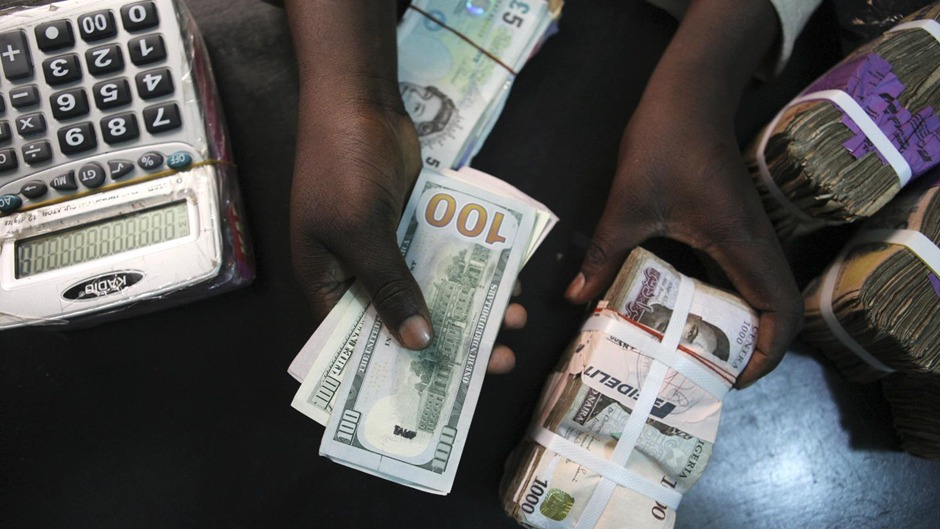Despite the CBN’s support, the naira dropped against the US dollar for a fifth day, falling to its lowest level since March as a result of increased geopolitical unrest and strong demand for US currencies.
Amidst growing wagers on interest rate cuts, the NGN/USD is currently trading at its lowest point since March, which has helped the dollar surpass projections for a Trump presidency.
The official market on Monday saw the naira settle at N1,577/US dollar, according to data from FMDQ. That is the lowest since March 15th, when the N1,563.8 value versus the US dollar was recorded on Friday.
This year, the CBN has remained hawkish, hiking interest rates to tame high inflation and preserve market stability.
But headline inflation is still very high and sticky. Nigeria’s inflation is at a 28-year high, according to NBS data. The headline inflation rate for the country rose by 11.4 percentage points year over year, from 22.79 percent in June 2023 to an astounding 34.19 percent in June 2024.
The fundamentals also demonstrate that the naira is under pressure from corporates and impending foreign travel. Despite recent dollar sales by the CBN to local currency traders totaling $122.7 million on July 10–11, the naira continued its downward trend, indicating that such interventions were insufficient to balance local demand for haven currency.
Although there were some little gains at the beginning of the week, the US dollar index is still trading close to its April low of 104.00. The USD’s softness is largely due to the US economy’s disinflationary trends, which are raising market expectations for a potential Federal Reserve (Fed) rate cut in September. The dollar index and dollar index futures rose by 10 basis points in London trading, extending their overnight rise from three-month lows.
Trump’s assassination attempt increased the dollar’s fortunes
The president’s purported attempt at assassination this past weekend was believed to have significantly increased his popularity, and speculation that he would be reelected to a second term increased.
The dollar is expected to benefit from a second term for Trump because it is anticipated that he will implement more trade protectionist measures, which may raise inflation. This kind of scenario could support comparatively higher interest rates over time.
Nonetheless, the dollar continued its sharp losses from the previous week despite rising odds that the Federal Reserve will lower interest rates by at least 25 basis points in September due to the Fed’s dovish signals and weak inflation data. This idea prevented the dollar from appreciably increasing in value.
The future of the US dollar
The expected retail sales data on Tuesday was the main topic of discussion since it would offer new insights into a potential downturn in the US economy. As of right now, the CME FedWatch Tool rate cut probability for a 25 basis point decline is roughly 86%, indicating that a rate cut in September remains quite likely. At 4.20%, the US 10-year benchmark rate is currently the lowest it has been since April.
Relative Strength Index (RSI) and Moving Average Convergence Divergence (MACD), two daily indicators of the dollar index, are very close to the oversold threshold and are significantly below the 50 mark. In addition, the DXY index is now trading at its lowest level since April after losing the 200-day Simple Moving Average (SMA) support.



